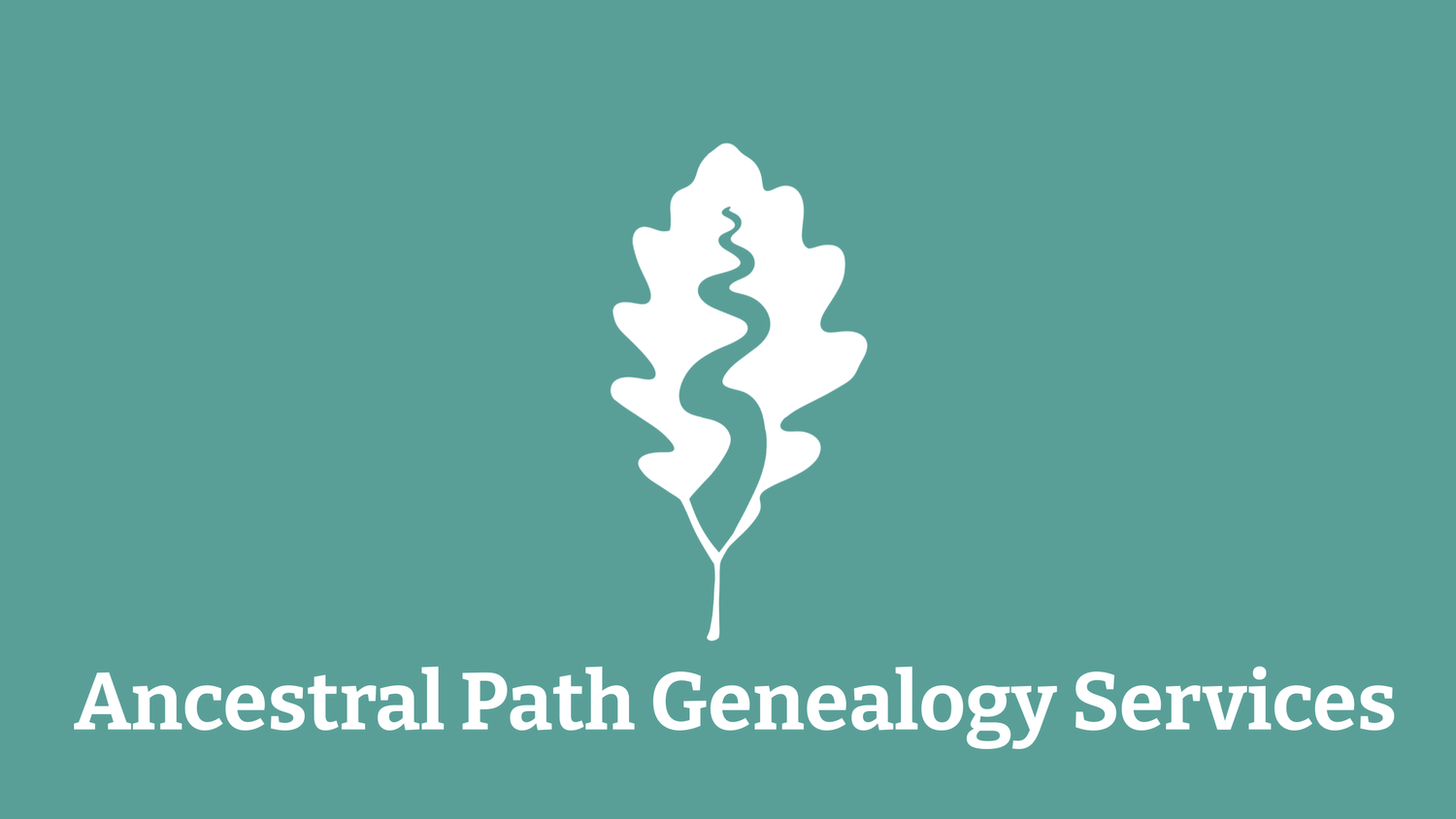
How does this process work?
We work together:
-
Step 1: Intro Call & Family History Review
We start with a 60-90 minute phone conversation to get to know your goals and what information you already have. I’ll also share what is and is not possible from the process, so you’ll have clear expectations.
-
Step 2: Research Plan & Contract
I will begin by getting a grasp of what we know and examining what records are available that will help solve your questions. Genealogy is very place and time specific, so we rely on a variety of records to help make connections in families. I will provide a research plan specific to your family and research goals. If you accept the plan, you’ll sign a contract for work along that plan and pay an initial retainer.
-
Step 3: Research & Analysis
I will begin researching according to the research plan. I will keep in close touch with you by email and phone to share what I find along the way. We can alter course efficiently based on what is found as I research. New avenues may open to pursue, and we can decide whether you want me to spend time on those possibilities or not. It all depends on what we find and how much time you want to invest.
-
Step 4: Deliverables
At the conclusion of your research session, I will provide several documents:
1) Research journal - This is for you and potentially other researchers to see where I looked for information and what I found (ensuring work is not needlessly repeated). All images of original documents will have a reference number in the journal. These same numbers appear in the report and the images document, making it easy to follow along with the findings.
2) Report - This is a narrative of all the information found about your family. It will be something you can share with interested family members.
3) Images & Citations document - This document includes all the images of original documents found during research. Each is referenced by a number matching the journal and report. This enables you to view the original source document (i.e. census page).
4) Image files - digital copies of all the images in the Images & Citations document. The filenames start with the corresponding number in the journal.
5) Family pedigree charts and group sheets (optional).
6) Private family tree on Ancestry.com. I can also provide a GEDCom of this tree so you can have your own copy which you can transfer to your personal Ancestry account or other tree building site.
-
Step 5: Connection
By the end of this process, you’ll have more information than you might have thought possible about your family history. Professional genealogy research provides fascinating historical context, weaving your ancestors’ stories into the times in which they lived.
Finally, we can arrange an optional follow-up call with you and any family members who want to join to go over the results. I feel very connected with each family I research and enjoy sharing what we learned.
